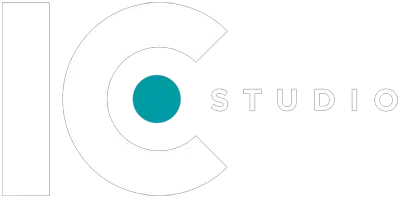In the world of design, fonts are more than just letters on a page; they are the cornerstone of communication, branding, and visual identity. From websites to printed materials, the selection and use of fonts play a pivotal role in conveying messages and capturing attention. However, understanding font types and their licensing can be complex. In this article, we’ll delve into the world of fonts, discussing the different types, licensing considerations, and best practices for web and print design.
Font Types: Unveiling the Diversity
Fonts come in various types, each serving a unique purpose in design. The two primary font categories are serif and sans-serif, which can be further broken down into subcategories:
- Serif Fonts: Known for their small lines (serifs) at the ends of characters, these fonts exude a sense of tradition, formality, and elegance. They are often used in print materials such as books and newspapers.
- Traditional Serif: Timeless and elegant, examples include Times New Roman and Georgia.
- Modern Serif: Contemporary and sleek, examples include Bodoni and Didot.
- Slab Serif: Bold and attention-grabbing, examples include Rockwell and Clarendon.
- Sans-Serif Fonts: Characterized by clean lines and absence of serifs, these fonts convey a modern, minimalistic, and straightforward aesthetic.
- Grotesque: Known for its versatility, Helvetica and Arial are classic examples.
- Humanist: Designed to resemble handwriting, Frutiger and Gill Sans fall into this category.
- Geometric: Futura and Avant Garde feature geometric shapes and clean lines.
- Neo-Grotesque: Univers and Akzidenz-Grotesk belong to this category.
- Script Fonts: Mimicking handwriting or calligraphy, script fonts add a touch of elegance and personalization. They are commonly used in logos and invitations.
- Display Fonts: Highly stylized and attention-grabbing, display fonts are ideal for titles and headings. They come in a variety of artistic forms, from ornate to playful.
Licensing: The Legal Aspect of Fonts
Font licensing is a crucial aspect of design that ensures creators are compensated for their work. There are two main types of font licenses:
- Free Fonts: These fonts can be used without purchasing a license. However, even though they are free to use, it’s essential to review the terms of use. Some free fonts may have limitations on commercial use or require attribution.
- Commercial Fonts: These fonts require a license for usage. They offer a wider range of styles, quality, and support compared to free fonts. Licenses can include options for print, web, and application use, each with its pricing structure.
Web and Print Considerations
When choosing fonts for web and print design, there are specific factors to consider:
Web Design:
- Web-Safe Fonts: These fonts are universally available on all operating systems and browsers, ensuring consistent viewing across devices. Examples include Arial, Helvetica, and Times New Roman.
- Web Fonts: Services like Google Fonts and Adobe Fonts offer a wide range of fonts that can be embedded into websites. They enhance design possibilities but require loading time considerations.
Print Design:
- Typography Hierarchy: In print materials, fonts play a critical role in conveying hierarchy. Bold fonts for headings, serif or sans-serif for body text, and italics for emphasis ensure a balanced and readable design.
- Print Quality: High-resolution fonts are crucial for print design. Ensure that the selected fonts maintain clarity and legibility when printed.
Conclusion
The world of fonts is a captivating realm where creativity meets communication. Understanding the nuances of font types and licensing is essential for crafting compelling designs that captivate audiences both online and offline. As you embark on your design journey, remember that fonts are not just letters but the visual embodiment of your brand’s identity and message.
By embracing the diversity of fonts, adhering to licensing regulations, and tailoring font choices to the specific demands of web and print design, you can create a harmonious visual language that resonates with viewers and leaves a lasting impression.


